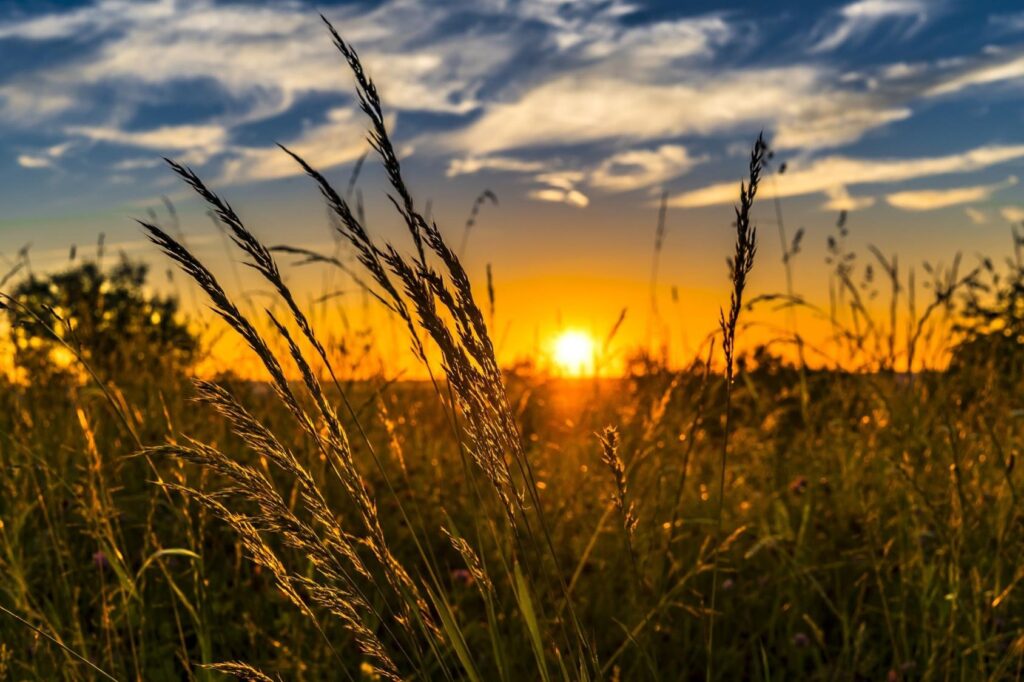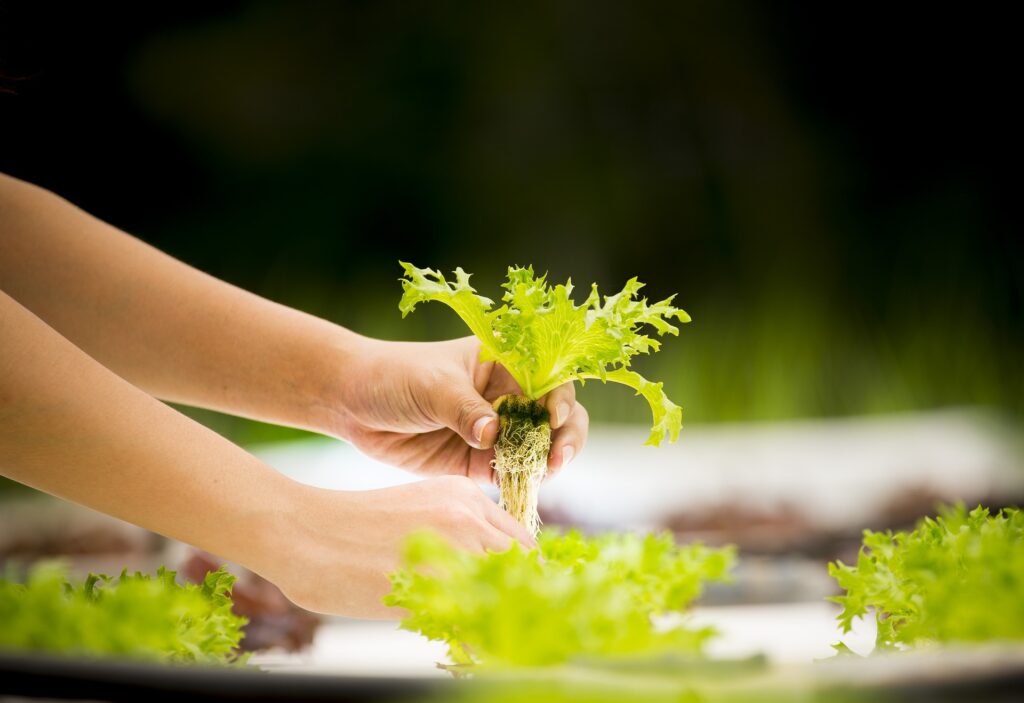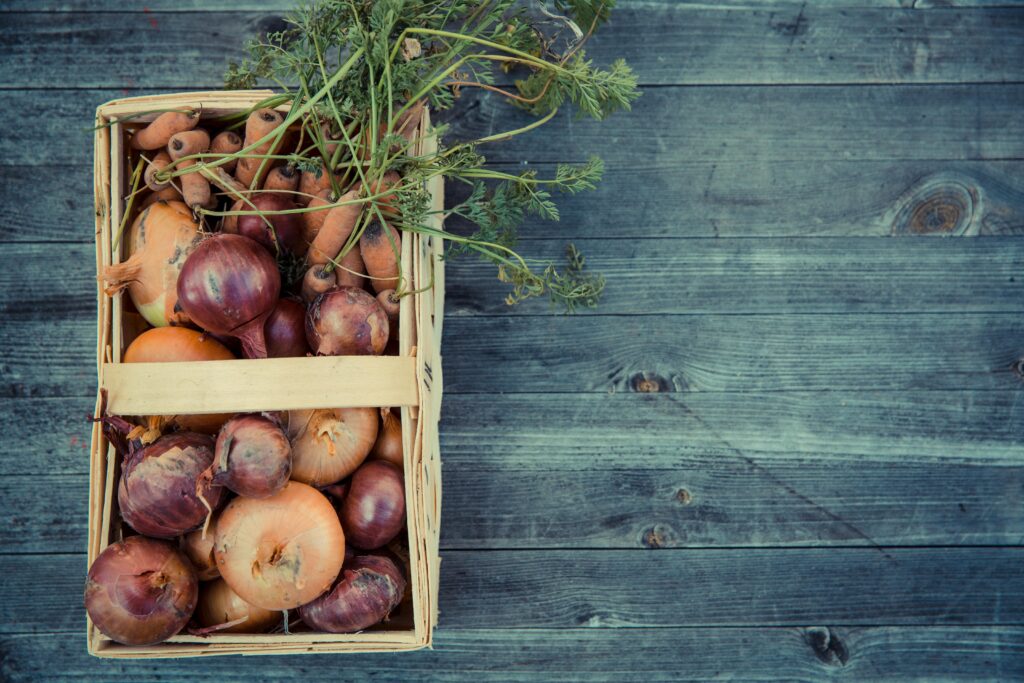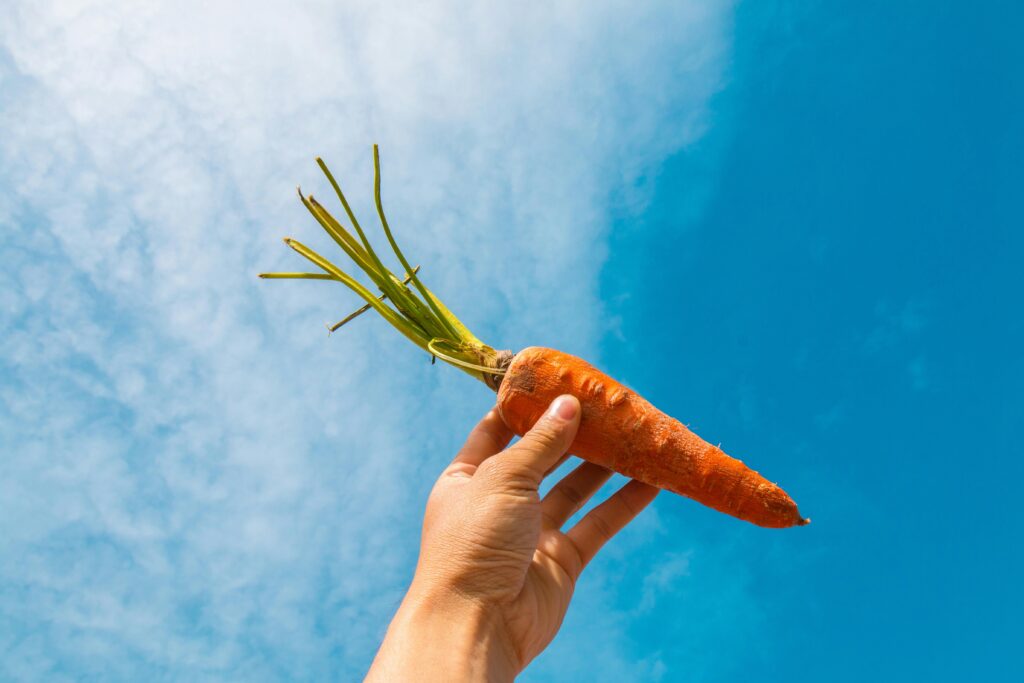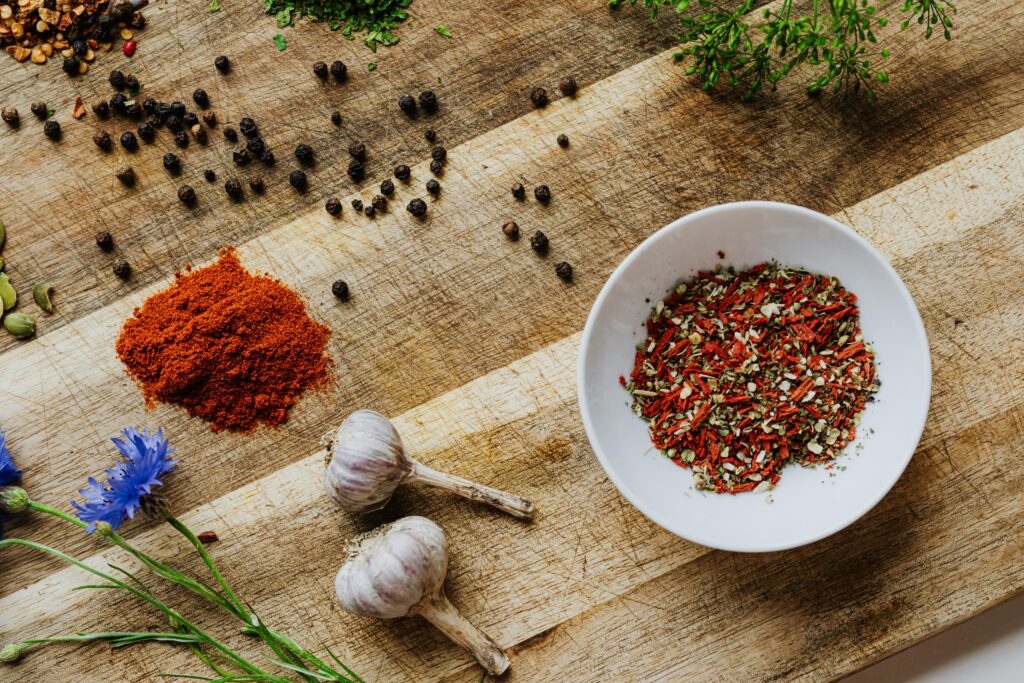Table of Contents
Types of Crops: Introduction
When we talk about the types of crops grown around the world, we’re delving into a rich tapestry of agricultural practices that sustain billions of people. Crops, the cultivated plants or agricultural produce such as grains, vegetables, or fruits, form the backbone of food systems globally. Understanding the types of crops is essential not only for farmers and agricultural professionals but also for consumers who are increasingly interested in where their food comes from and how it is produced.
Crops are generally categorized based on their use, such as food crops, feed crops, fiber crops, oil crops, and ornamental crops. Each category plays a vital role in our daily lives, from the food we eat to the clothes we wear. This blog will explore these categories in detail, highlighting the importance of each type and providing insights into their cultivation and uses.
Food Crops: Sustaining Human Nutrition
From the types of crops, food crops are the cornerstone of global agriculture, feeding billions and shaping cultures. These types of crops are divided into several subcategories, each playing a crucial role in our diet.
Cereal Crops
Cereal crops are the bedrock of human civilization, providing the bulk of our daily caloric intake. Wheat, rice, and maize (corn) are the three most important cereals, each with its unique cultural and nutritional significance.
- Wheat: Cultivated for over 10,000 years, wheat is the foundation of countless diets. From the rustic loaves of rural France to the flatbreads of the Middle East, wheat flour is incredibly versatile. It’s not just about food; wheat fields represent the toil of farmers who rise at dawn, ensuring we have bread on our tables.
- Rice: A staple for more than half the world’s population, rice is much more than just a food source; it’s a cultural icon. Picture the terraced paddies of Asia, where generations have grown rice, shaping the landscape and their way of life. Whether it’s steamed jasmine rice in Thailand or a rich risotto in Italy, rice is integral to many cuisines.
- Maize (Corn): Native to the Americas, maize is a symbol of sustenance and survival. It’s enjoyed in diverse forms, from grilled cobs at summer barbecues to tortillas in Mexico. Beyond food, maize is used in industrial products, showcasing its versatility.
Maize Crop: Best Practices for Maximum Yield in 2024
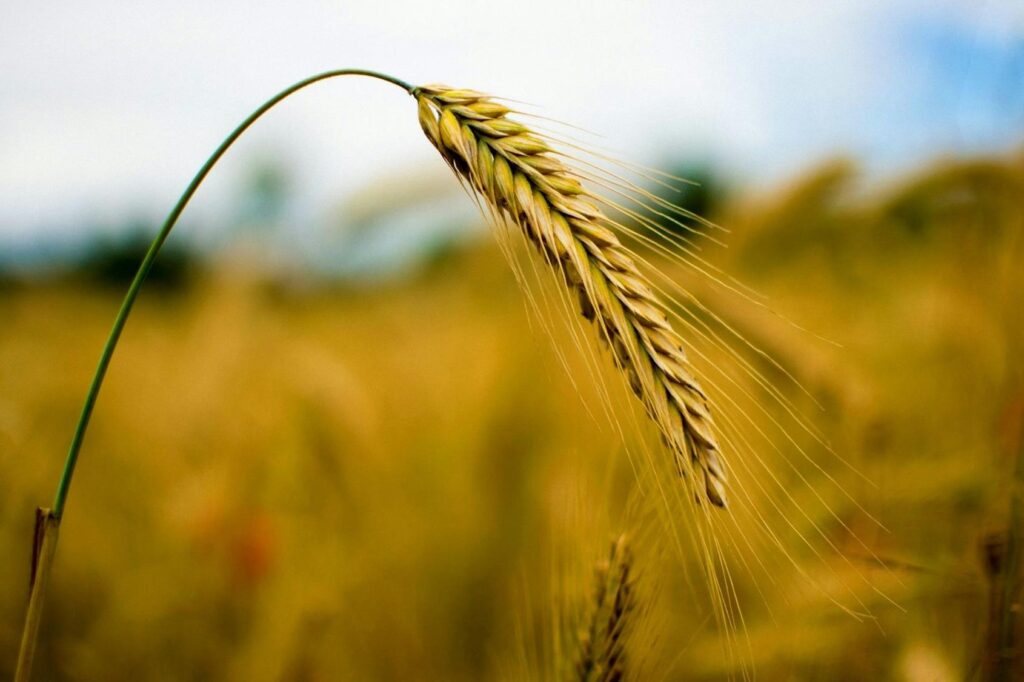
Legume Crops
Legumes are nutritional powerhouses, rich in protein, and crucial for sustainable agriculture. They also hold a special place in many culinary traditions.
- Soybeans: Integral to Asian cuisines, soybeans provide a plant-based protein source that’s indispensable. Think of tofu, soy milk, and edamame, all derived from this humble bean. Beyond the kitchen, soybeans are used in animal feed and various industrial applications, making them economically significant.
- Beans: Varieties like kidney beans, black beans, and pinto beans are dietary staples in many regions. Picture a hearty chili or a comforting bowl of black bean soup. These beans are more than food; they’re a source of community and tradition.
- Lentils and Peas: Often overlooked, lentils and peas are essential in vegetarian and vegan diets. They’re packed with nutrients and form the basis of dishes like Indian dal and split pea soup, highlighting their global culinary importance.
How to Grow Lentils: 7 Steps to a Bountiful Home Garden Harvest
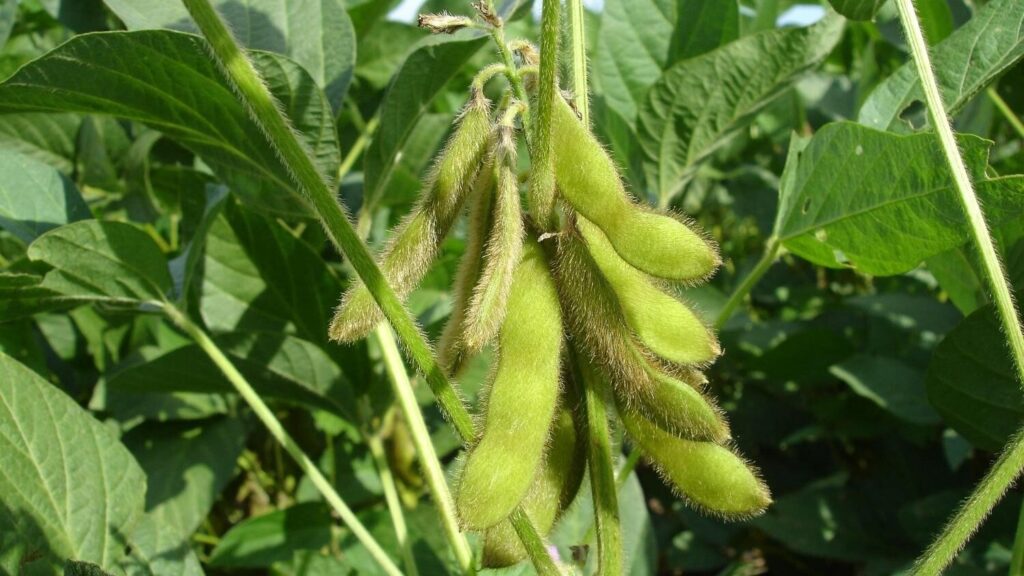
Root and Tuber Crops
Root and tuber crops are fundamental to food security, providing energy-rich sustenance that supports large populations.
- Potatoes: Originating from the Andes, potatoes have traveled far and wide. Imagine the resilience of Andean farmers who cultivated them at high altitudes. Today, potatoes are ubiquitous, found in comforting mashed potatoes, crispy fries, and countless other dishes.
- Cassava: In tropical regions, cassava is a lifeline. Its ability to thrive in poor soils makes it invaluable. Think of the daily struggles and triumphs of African farmers who rely on cassava for their livelihood. It’s transformed into various forms like tapioca and garri, essential in many diets.
- Sweet Potatoes and Yams: Nutrient-dense and versatile, sweet potatoes and yams are more than just food. They symbolize resilience and adaptability, growing in diverse climates and forming the basis of dishes like sweet potato pie in the southern United States and yam porridge in West Africa.
How to Grow Potatoes in a Container: 5 Easy Steps for a Bountiful Harvest
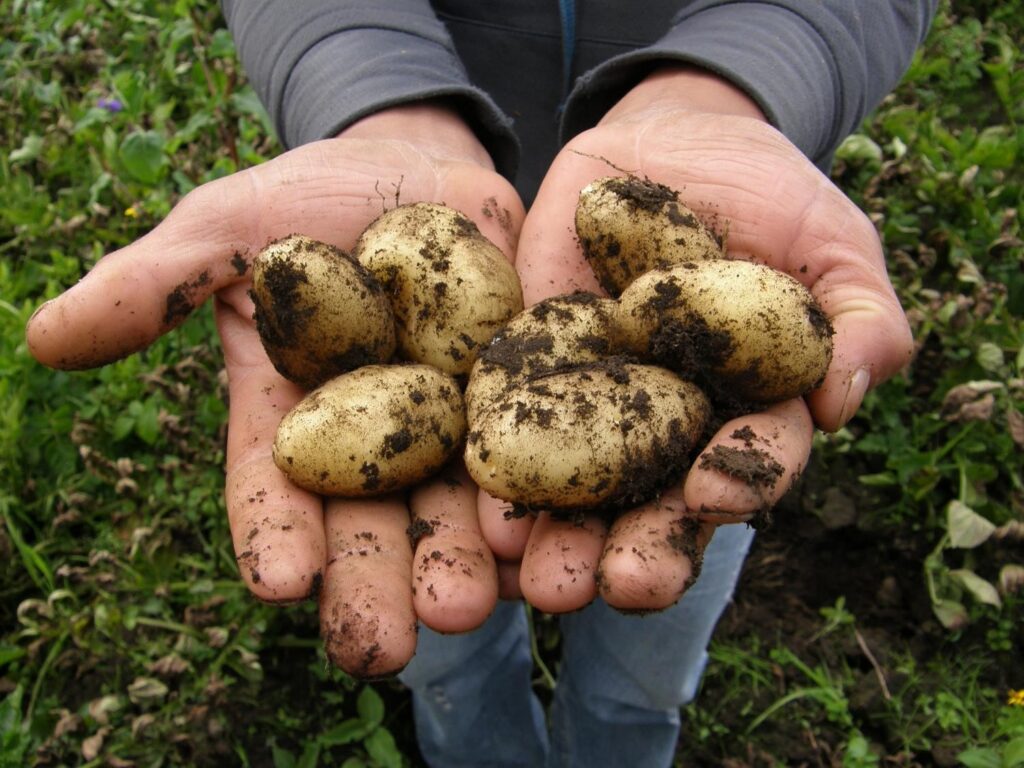
Feed Crops: Nourishing Livestock
Feed crops are essential for raising livestock, ensuring we have a steady supply of meat, milk, and other animal products. These types of crops are the silent supporters of our agricultural systems.
Forage Crops
Forage crops are the lifeblood of livestock farming, providing essential nutrients that support animal health and productivity.
- Alfalfa: Known as the “queen of forages,” alfalfa is celebrated for its high protein content and digestibility. Imagine vast fields of lush, green alfalfa swaying in the breeze, a testament to the dedication of farmers who understand the intricate needs of their livestock.
- Clover: Often seen in pastures, clover is a hero of soil health, enriching it with nitrogen. Farmers value clover not just for its nutritional benefits but also for the vibrant, healthy pastures it helps create.
- Grasses: Ryegrass and timothy are staples in hayfields. Picture a farmer cutting and baling hay, a time-honored tradition that ensures livestock have nutritious feed through the harsh winters. These grasses are fundamental, forming the backbone of many grazing systems.
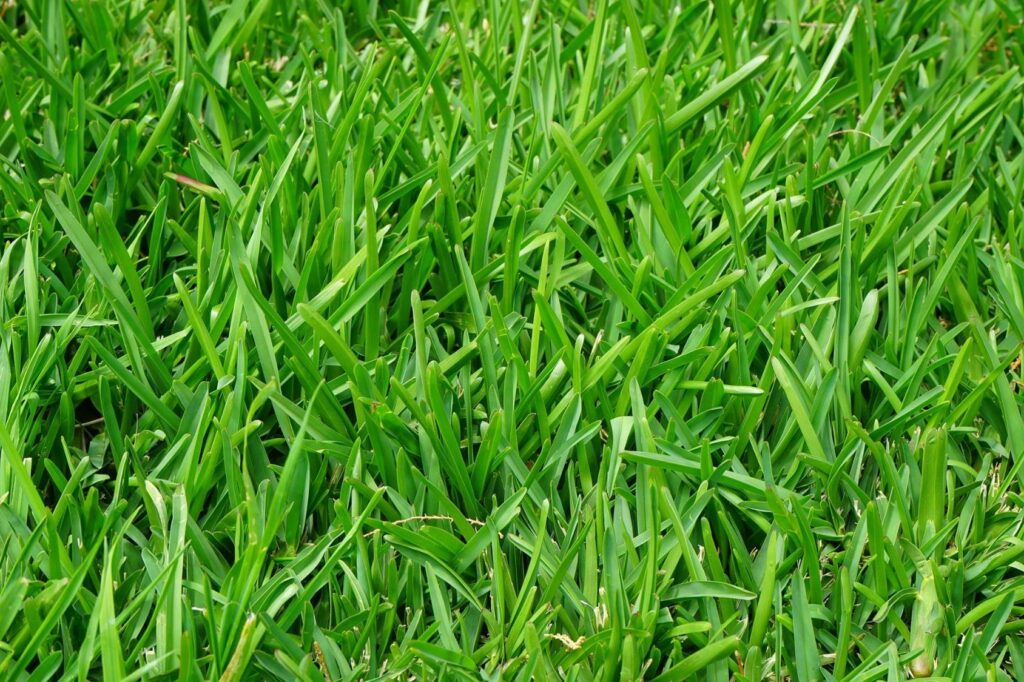
Grain Crops for Feed
Grain types of crops like corn, barley, and sorghum are pivotal in animal nutrition, providing energy and essential nutrients.
- Corn: A powerhouse in animal feed, corn’s high energy content is indispensable. Envision the extensive cornfields in the Midwest, where each kernel represents sustenance for livestock and, indirectly, for humans. Corn’s role extends beyond food; it’s an economic pillar.
- Barley and Sorghum: These grains are versatile, used in feed mixtures for various livestock. Think of a balanced diet for cattle, where barley and sorghum play crucial roles. They ensure animals grow healthy and strong, supporting industries from dairy to meat production.
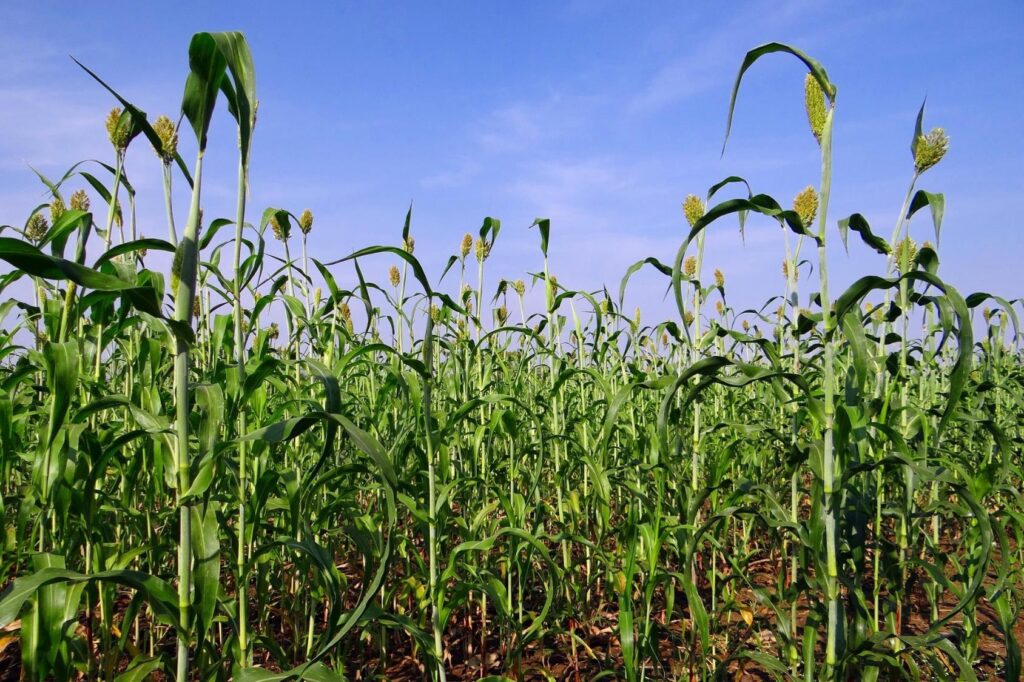
Fiber Crops: Providing Raw Materials for Textiles
Fiber crops are the unsung heroes of the textile industry, transforming fields into fabrics and threads that weave into our daily lives.
Cotton
Cotton is a global staple in textiles, its soft, fluffy fibers spinning into everything from everyday T-shirts to luxurious linens.
- Cotton: Picture the vast cotton fields of the American South or India, where white bolls burst open under the sun. Farmers toil in these fields, their hands picking the fiber that will become part of our lives. Cotton is more than a crop; it’s a connection to the earth, a thread that binds cultures through fabric.
Jute
Jute is the backbone of coarse fabrics, used in products that range from burlap sacks to eco-friendly shopping bags.
- Jute: Grown predominantly in India and Bangladesh, jute is a sustainable fiber, often called the “golden fiber” for its color and economic importance. Imagine the bustling markets of Dhaka, where traders deal in bales of jute, each bale representing the hard work of farmers. Jute is integral to many rural economies, providing livelihoods and supporting communities.
Flax
Flax, an ancient crop, provides linen—a fabric valued for its durability and coolness.
- Flax: Cultivated for thousands of years, flax has a storied history. Picture the ancient Egyptians weaving linen for their pharaohs, a testament to flax’s enduring legacy. Today, flax fields in Europe and Canada continue this tradition, producing fibers that transform into elegant linen garments and household textiles.
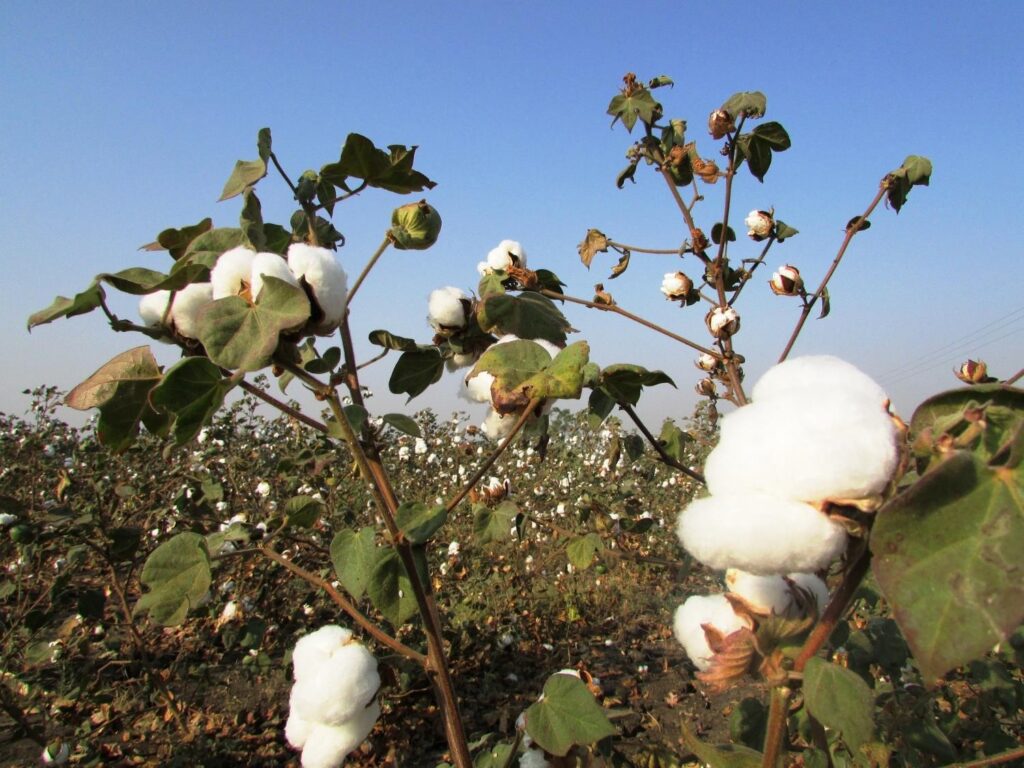
Oil Crops: Producing Essential Oils and Fats
Oil crops are the hidden gems of agriculture, producing oils that are essential in cooking, industry, and even biofuel production.
Soybeans
Soybeans are incredibly versatile, producing both oil and protein meal used in numerous applications.
- Soybeans: Imagine the bustling fields of Iowa, where soybeans grow in abundance. The oil extracted from these beans is used in cooking, margarine, and countless processed foods. Beyond the kitchen, soybean oil finds its way into industrial products, showcasing its versatility. Each harvest is a celebration of agricultural innovation and economic stability.
Canola
Canola oil is prized for its health benefits, derived from rapeseed and used in kitchens worldwide.
- Canola: Picture the bright yellow fields of canola in bloom, a stunning sight in Canada and Europe. This oil is low in saturated fat, making it a health-conscious choice for cooking. Canola’s journey from field to table is one of careful cultivation and dedication to quality, supporting healthy diets globally.
Sunflowers
Sunflower oil, extracted from the seeds, is a staple in many households and food industries.
- Sunflowers: Envision endless fields of sunflowers, their faces turned toward the sun, a symbol of hope and vitality. The oil extracted from their seeds is used in cooking and food processing, celebrated for its light taste and nutritional benefits. Sunflowers are not just a crop; they are a connection to nature’s beauty and bounty.
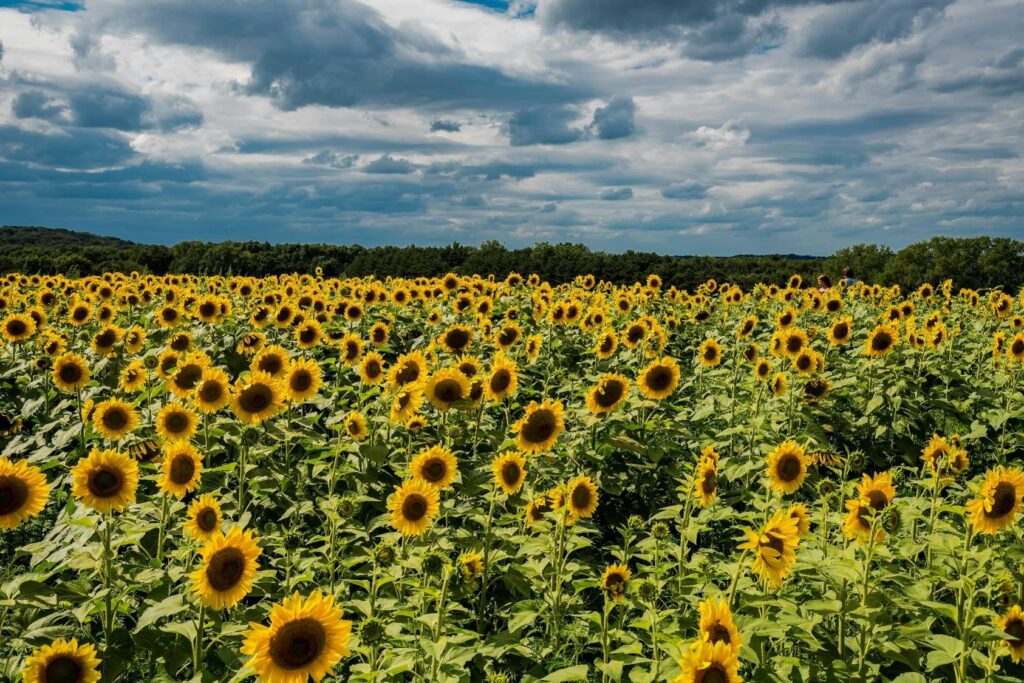
Ornamental Crops: Beautifying Our Surroundings
Ornamental crops add beauty and tranquility to our lives, transforming spaces into havens of peace and aesthetics.
Flowers
Flowers are the epitome of beauty in nature, cultivated for their colors, shapes, and fragrances.
- Flowers: Imagine a garden bursting with roses, tulips, and lilies, each bloom a testament to nature’s artistry. Florists and gardeners alike cherish these plants, using them to create bouquets and landscapes that bring joy and elegance to our surroundings. Flowers are more than decoration; they are expressions of emotion and celebration.
Shrubs and Trees
Ornamental shrubs and trees provide structure and beauty to gardens and parks, enhancing our outdoor spaces.
- Shrubs and Trees: Think of a serene park, where ornamental shrubs and trees like boxwood, azalea, and Japanese maple create a peaceful retreat. These plants offer more than aesthetic value; they provide shade, improve air quality, and support wildlife, making them integral to urban and rural landscapes alike.
Turfgrass
Turfgrass is used in lawns, sports fields, and golf courses, offering functional and aesthetic benefits.
- Turfgrass: Picture a lush, green lawn, a playground for children and pets. Turfgrass is meticulously maintained to ensure its health and beauty, a labor of love for homeowners and groundskeepers. It’s more than just grass; it’s a living carpet that enhances our outdoor experiences and fosters community spaces.
Growing Peonies from Seed: 5 Surprising Benefits You Need to Know

Specialty Crops: Catering to Niche Markets
Specialty crops cater to unique markets and demands, often requiring specific growing conditions and practices.
Medicinal Crops
Medicinal crops are cultivated for their health benefits, used in traditional and modern medicine.
- Medicinal Crops: Think of fields of ginseng, echinacea, and chamomile, plants that hold the promise of healing. These types of crops are grown with care, their properties harnessed in teas, tinctures, and supplements. They connect us to ancient traditions and the wisdom of natural remedies, offering alternatives to conventional medicine.
Spices and Herbs
Spices and herbs add flavor and aroma to our culinary creations, enriching cuisines worldwide.
- Spices and Herbs: Envision the vibrant markets of India or Morocco, where saffron, vanilla, and basil are traded. These types of crops are the essence of global cuisine, their flavors transforming simple dishes into extraordinary experiences. Spices and herbs are more than ingredients; they are cultural ambassadors that tell the stories of their origins.
Beverage Crops
Beverage crops like coffee, tea, and cocoa are grown for their use in popular drinks, supporting significant economies.
- Beverage Crops: Picture the lush coffee plantations of Colombia, the tea gardens of Darjeeling, and the cocoa farms of Ghana. These types of crops are the backbone of beloved beverages that bring comfort and joy to millions. Each cup of coffee, tea, or hot chocolate is a journey through the hard work and dedication of farmers who cultivate these precious crops.
How Does Black Pepper Grow? Unveiling the Mystery of Your Favorite Spice
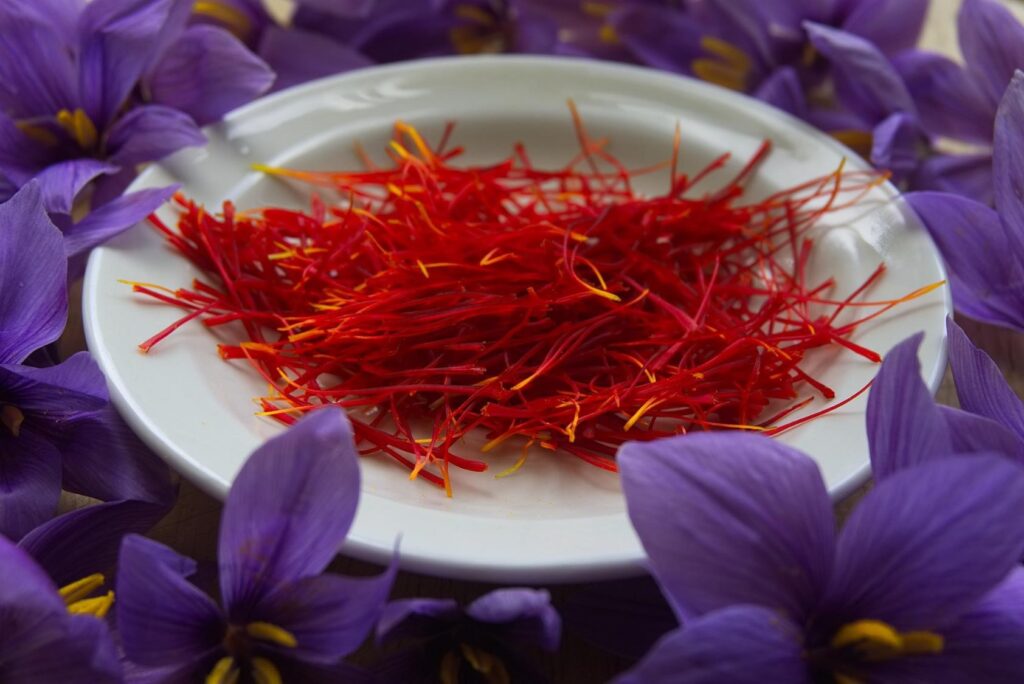
Sustainable and Organic Crops: Meeting Modern Demands
Sustainable and organic farming practices are becoming increasingly important in response to environmental concerns and consumer demand for healthier food options.
Organic Crops
Organic crops are grown without synthetic pesticides, herbicides, or fertilizers. They are certified by regulatory bodies and often fetch higher prices in the market.
- Organic Crops: Imagine fields free from chemical treatments, where farmers use natural methods to cultivate crops. Organic farming is about more than just avoiding chemicals; it’s a holistic approach that promotes soil health, biodiversity, and sustainability. Consumers are increasingly turning to organic produce, valuing its environmental and health benefits.
Agroforestry
Agroforestry combines trees and shrubs with crops and livestock in integrated systems. It enhances biodiversity, reduces erosion, and improves soil health.
- Agroforestry: Picture a landscape where trees and crops coexist harmoniously, creating a resilient agricultural system. Agroforestry practices enhance biodiversity, sequester carbon, and improve water retention. It’s a sustainable way to farm, offering solutions to some of the most pressing environmental challenges while supporting diverse livelihoods.
Permaculture
Permaculture is a holistic approach to farming that emphasizes sustainable and self-sufficient agricultural ecosystems. It involves practices like crop rotation, polyculture, and water conservation.
- Permaculture: Imagine a farm designed to mimic natural ecosystems, where every element supports the others. Permaculture is about creating self-sustaining systems that require minimal external inputs. It embraces diversity, resilience, and harmony with nature, offering a vision of agriculture that is both productive and sustainable.
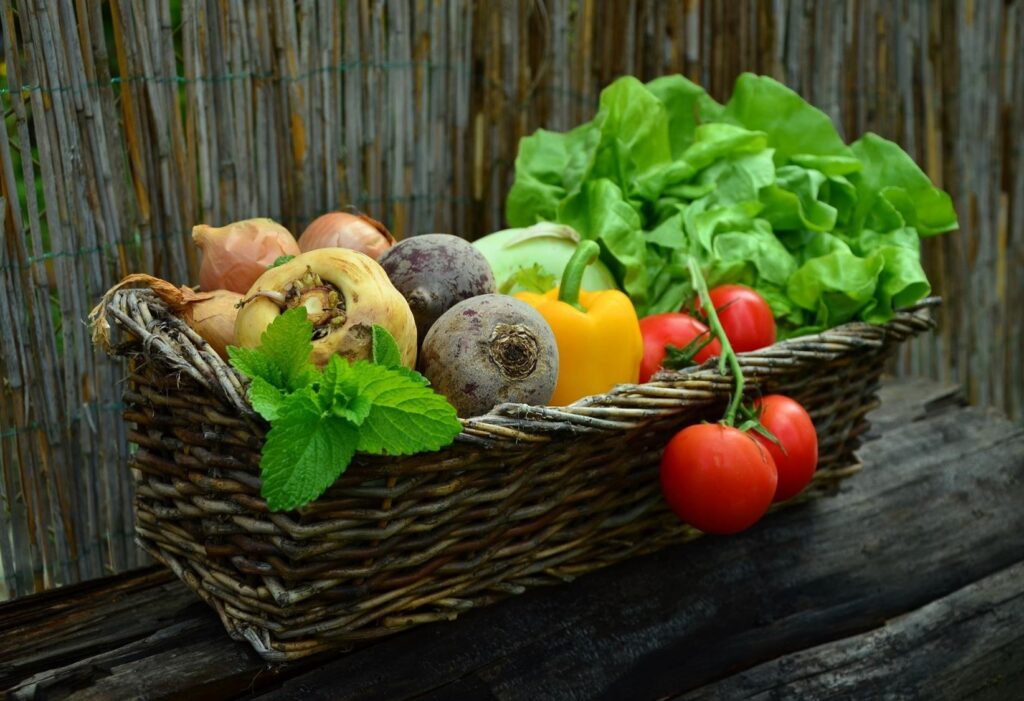
Types of Crops: Conclusion
Understanding the types of crops is fundamental to appreciating the diversity and complexity of global agriculture. Each type of crop, from staple food crops to specialty and ornamental varieties, plays a crucial role in our lives and the environment. As we move towards more sustainable and organic farming practices, the way we grow and consume these crops will continue to evolve, ensuring food security and environmental health for future generations.
Frequently Asked Questions
What are the main types of crops grown worldwide?
The main types of crops grown worldwide include food crops (such as cereals, legumes, and root crops), feed crops (for livestock), fiber crops (for textiles), oil crops (for oils and fats), and ornamental crops (for decoration).
How are types of crops categorized?
Crops are categorized based on their use, including food crops, feed crops, fiber crops, oil crops, and ornamental crops. Each category has specific purposes and cultivation practices.
Why are legumes important in agriculture?
Legumes are important because they fix nitrogen in the soil, improving soil fertility. They are also a crucial source of protein for human and animal diets.
What are the benefits of organic farming?
Organic farming avoids synthetic chemicals, promoting biodiversity and soil health. It often results in healthier produce and supports sustainable agricultural practices.
How does agroforestry benefit the environment?
Agroforestry benefits the environment by enhancing biodiversity, reducing soil erosion, improving water retention, and sequestering carbon. It creates more resilient agricultural systems.

